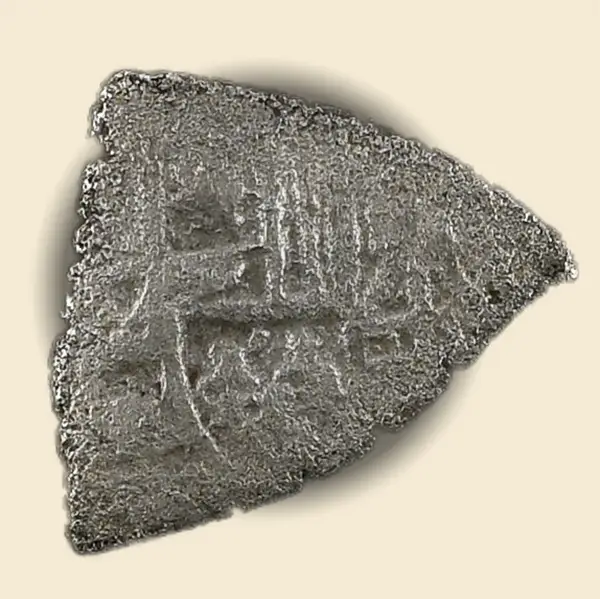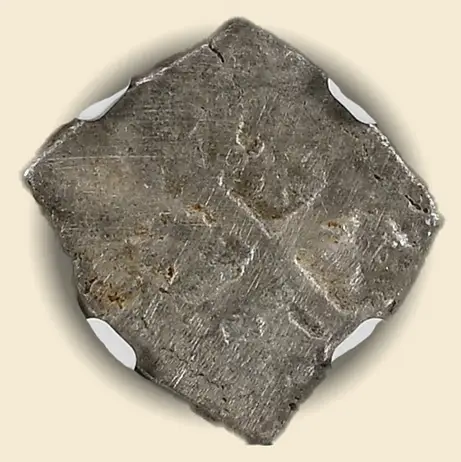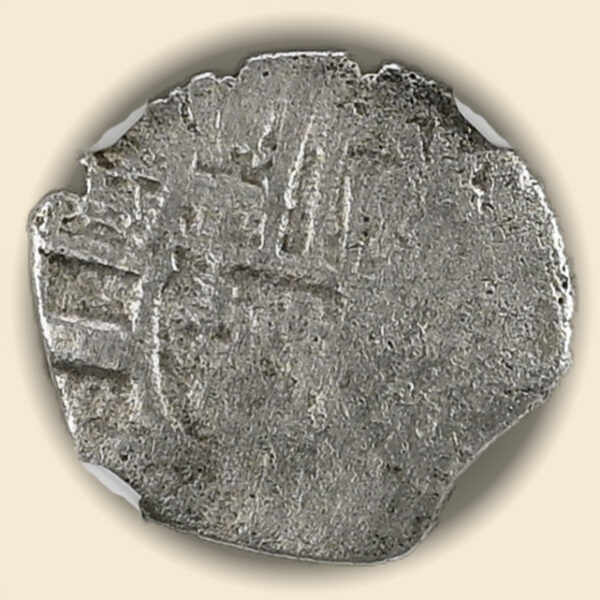What we do know about the shipwreck mainly comes from diver Martin Woodward. He discovered the wreck site in 1979/80 while diving near an already known wreck in the same area off the Isle of Wight. The identification of the Loosdrecht was possible due to the artifacts and cannons found, combined with thorough research. Since Martin’s discovery of the Loosdrecht, he excavated every bit of seabed in that location but was unable to find any signs of the merchant’s main treasures. This is why it can be concluded that they were recovered contemporaneously, which was only possible because the ship sank very close to shore.
Among the recovered artifacts were a very limited number of Spanish colonial escudos and reales, including a noteworthy but small group of rare Lima 8 escudos minted between 1715 and 1717. Unlike the escudos, the reales were generally not in good condition since they were dispersed across the wreck site and exposed to saltwater. Given that only a few coins were recovered, experts agree that they were once the personal and valuable possessions of crew members.








